Hiking Past a Nazi Monument
Considering the big shadow the Third Reich was once (and, up to a point, still is) casting over Germany, there are relatively few places in the country with a Nazi Monument that can still give you a whiff of that old Nazi sulphur.
There are, specifically, only a few examples left of what you could call “Nazi architecture” or Nazi monuments. While most towns and cities still have buildings from the period between 1933 and 1945, as well as residential homes, office blocks and army barracks, these are largely inconspicuous and do not look much different from similar buildings constructed at the same time in Holland or France.
Come to think of it, this absence of a Nazi monument should not be all that surprising. What chances of survival, for example, did Hitler’s favourite alpine residence on the Obersalzberg have?
The last thing the allied forces wanted after WWII were physical reminders like a Nazi monument of the “ancien regime” around which a cult of remembrance might some day congeal.
The few existing remnants of “Nazi architecture” owe much to chance – and to local politicians of the immediate post-war era with a clean slate and a keen eye for the emerging tourism market. (Once these Nazi monuments had made it into the mid-1950s, they were generally safe, but few made it that far.)
The Eagle’s Nest near Berchtesgaden is probably the most famous of these survivors. Built on top of a mountain as the Nazi Party’s gift for the Führer’s 50th birthday (it was either that or the monogrammed morning gown), it managed to stave off destruction several times, possibly because Hitler himself appeared not to have liked it too much. (He visited it only a few times. The pictures of him and Eva Braun gallivanting in front of an alpine scenery have all been shot in the near-by Berghof residence that was demolished in 1945.)
The best – as in the most sinister – of the remaining Nazi buildings, however, can be found in Wewelsburg near the west German town of Paderborn. Although, strictly speaking, Wewelsburg Castle is not a Nazi monument as such but constructed in the late Middle Ages. Heinrich Himmler and his SS storm troopers had merely taken it over and “restructured” it for their own purposes.
These “purposes”, up to a point, remain a mystery to this day. It is quite possible that Himmler himself had only a hazy notion at the time. What is known is that the Reichsführer SS believed the Wewelsburg constitute the “centre of the world” and that it had been constructed over the junction of several “subterranean lines of divine power”.
I am not making this up. Himmler also believed that the Wewelsburg would, one day, serve as the location for the decisive battle between Aryan warriors and Asian invaders. And that the Knights of the Round Table would come back to life inside its walls – presumably to defend them against the Mongol hordes.
It is also known that Himmler planned to turn the castle into some sort of academy for SS officers, but he also had conference rooms built and at least one room whose purpose was never made entirely clear. Was it meant as a shrine, perhaps? As a place for some mumbo-jumbo initiation ceremonies – or for funerals? Perhaps Himmler himself wanted to be buried there, one day?
What is also known is the effort it took to reshape the castle according to the wishes of the SS. An entire concentration camp of forced labourers was built near-by. No Jews, by the way, were allowed anywhere near. Himmler’s preferred workforce consisted of Jehovah’s Witnesses.
Building work continued even after WWII had already started – one of the few Nazi projects that was not interrupted by the war. Albert Speer’s New Berlin had to wait, but Himmler’s lunatic project was allowed to continue until 1944. The most conspicuous architectural element of the castle exterior that was added under the Nazis is the bridge that leads to the main entrance.
In the end, Wewelsburg Castle survived the war by a whisker – and only because the SS men who were defending the castle not quite to their last drop of blood before fleeing in panic did not have enough dynamite to “obey orders” and blow it all up. (The idea was no American would ever be allowed to put his racially impure paws on their Holy Shrine.) They set all the rooms on fire, but the building fabric survived intact.
Wewelsburg Castle is located outside the town of Paderborn and serves, surrounded by parkland and forests, as a good starting point or destination for hiking trips. Around a dozen trails pass by, just look for the signs near the castle walls, including the Jesuitenpfad, a 27-km-long circular trail around the town of Büren. Wewelsburg is located roughly at the half-way stage of the trail, so you could – on a bright summer day – take the bus to Büren and walk from there to the castle.
When we visited the place, however, the day was neither bright nor sunny, so we went to Wewelsburg directly by bus from Paderborn and took the lazy option of a brief 1-hour walk behind the castle on the banks of the river Alme. On leaving the castle, just follow the Jesuitenpfad signs to the right, walk down the hill and cross the river on the stone bridge. On the far side, there are signs that tell you which way to turn. (It’s a circular path.)
Paderborn can be reached by train in just under one hour from Hamm, one of Western Germany’s busiest railway junctions within easy reach from Dortmund (20 minutes) or Essen (40 minutes).
From Paderborn Central Station, take bus number 460 (this is the hourly service to the local airport). Get off at the stop Wewelsburg Schule/Kreismuseum from where you will already be able to see the castle. The bus fare – normally about € 10 per person round-trip – is included in the Deutsche Bahn’s various One Day Network options (such as the Schöner Tag Ticket).
If you are going for the longer option on the Jesuitenpfad, take Bus S60 from Paderborn Central Station to the town of Büren (also hourly). The trail starts at the Church Maria Immaculata, the Jesuitenkirche, 100 metres away from the bus stop (“Am Markt”).
But what does Wewelsburg Castle look like from the inside – and how does it feel to stand on the very spot where the SS expected the rematerialization of Sir Galahad? I will tell you about that in our post HERE.

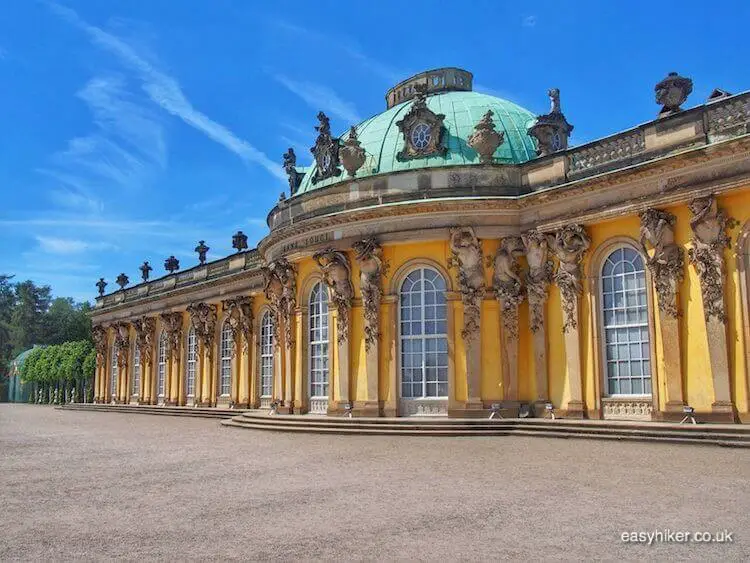
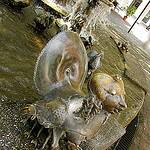
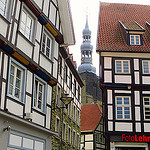
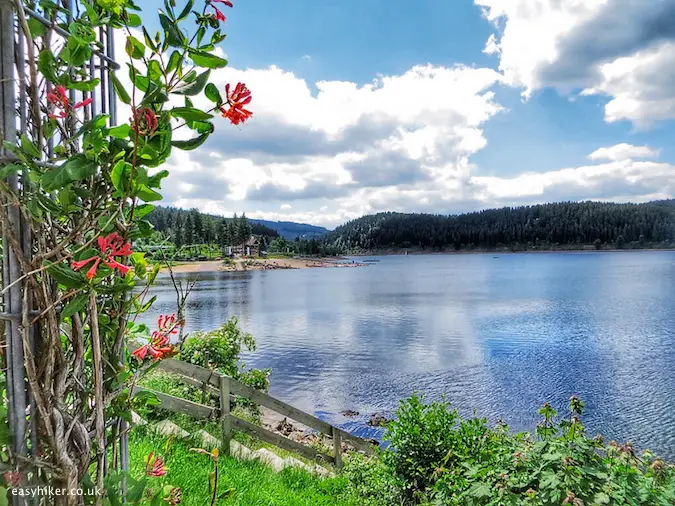

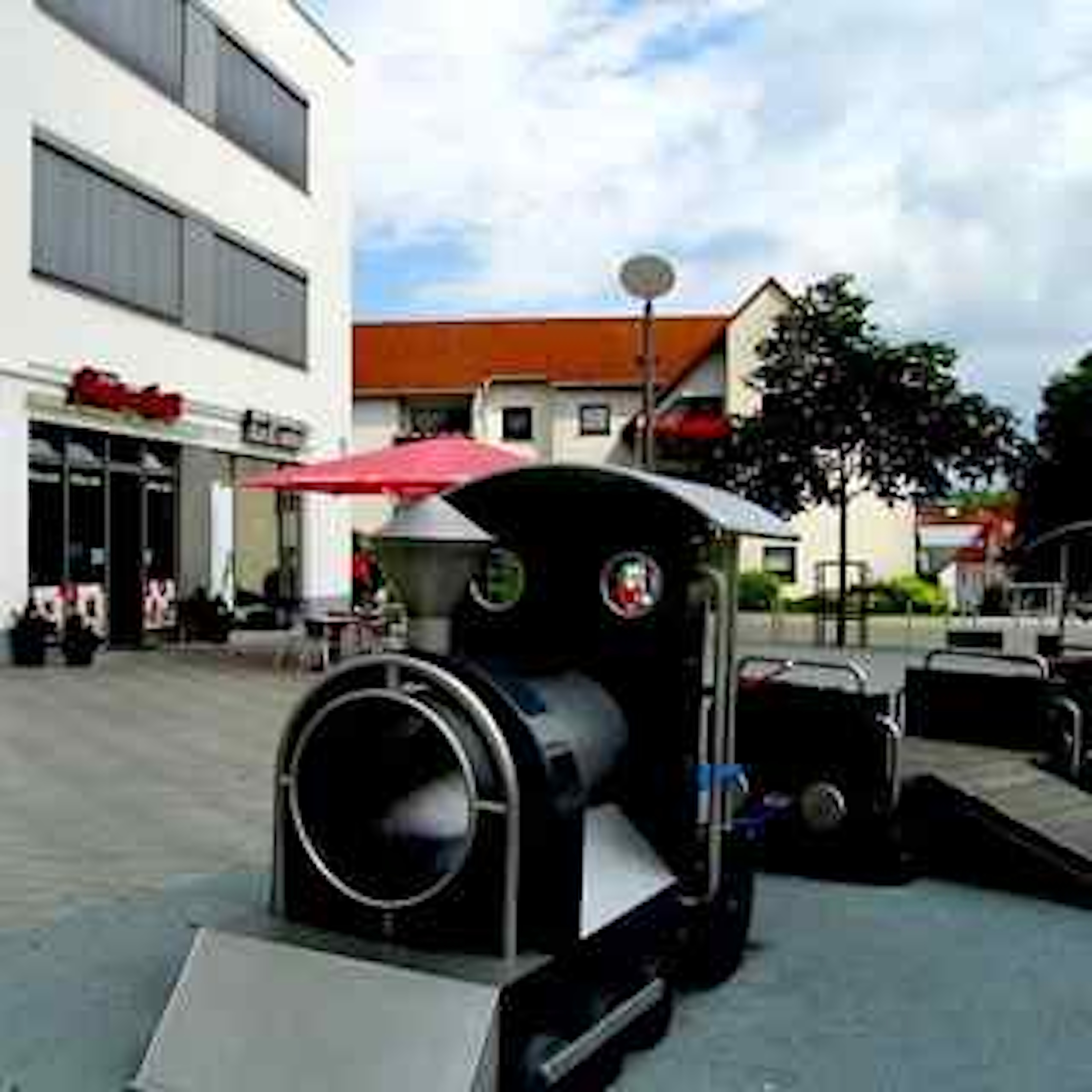
What a fascinating journey thru the past and present!! As much as the thought of having any remains of the Nazis sickens me, I guess it’s a story worth telling. Thank goodness for its medieval roots!
I like the Wewelsburg Castle in Padeborn. Luckily no snow there as I found it in Switzerland – but not in Chur!
Crazy. I should probably know more about history than I do. Heck, I should probably know more about Germany in present day than I do. But still an interesting look. That idea of building stuff on top of leyline convergences isn’t really new, but is odd for a modern-ish person to believe so much other random stuff about a place.
Good reminder about the day passes from DB. Freiburg is a bit out of the way, but we have used the BW passes a lot.
Krista, I grew up in the region and I never knew of its existence till this year.
I’ve been to Paderborn so many times to visit dear friends, but have never seen this place. Your post has intrigued me and next time I’m there, I will go here for sure.
Darn, none of the photos are loading. This is fascinating. I didn’t think anything of the Nazi survived.
That a beautiful, ancient castle could hold such evil behind the placid walls is just scary. It reminds me of what we are capable of doing if good people ignore evil around them.
It’s essential that these places are preserved, so that we can avoid repeating the past. Never again!
i knew something about the architectural design ‘history’ of Wewelsburg Castle, but it only hinted at it. now i know why. very interesting article.
I echo the words of the other commentators – interesting history but now that I know something the building gives me the creeps.
You article is very well constructed. If the history class could have presented the way you do.
someday, I would come here…
Interesting! Reminds me of the computer game Castle Wolfenstein, in which you square up to hoardes of Nazi zombies!
If I saw this building’s picture, I would have just assumed it was some fairy tale looking castle that was once owned by a royal. This was so interesting and what a sad history for a fine looking structure.
Fascinating history. I had never really thought about Nazi buildings, etc. that might have survived. Probably because the pictures I’ve always seen of the country after the war didn’t make it look like much of anything did…
Such an interesting history. Germany is just full of surprising places with interesting stories.
Well that was a surprise to find any Nazi monuments left standing. Fascinating stuff Michael.
We knew Hitler was a mad man. However, Himmler may have have just as nuts. Looks like a beautiful building. Too bad it was once filled with crazy, demented people.
That’s fascinating. Even though I was born just a year after the end of WW2 it still seems so recent to me, and yet, of course, it was too recent to be in the history books when I was in school, so coming across bits of information like this fills in gaps in my understanding and knowledge.Look forward to the next one.
This is full of interesting historical nuggets, particularly about Himmler and Nazi architecture. Very informative.
Very interesting. I’ve never heard of this village or castle but do find it intriguing. Thanks for the info!